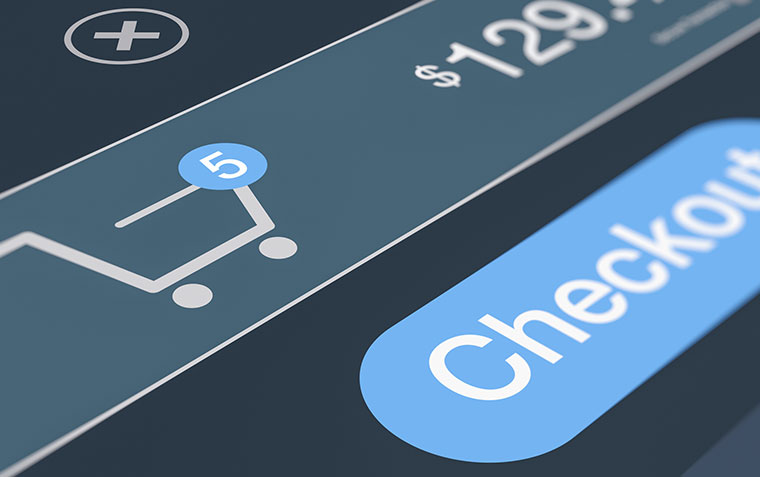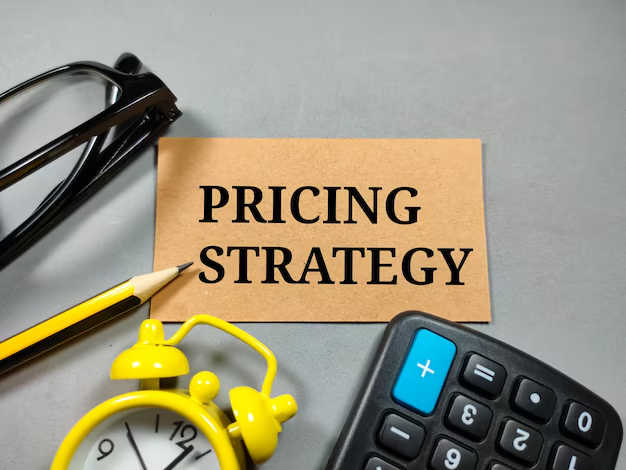We’ve probably heard the saying, “buy low and sell high.” It sounds simple, but for new investors, it’s not very useful unless you understand what “low” and “high” actually mean.
Telling someone to follow that advice isn’t helpful without context.
To make it clearer:
“Low” refers to the wholesale price — the cost at which goods are purchased in bulk or at a discount.
“High” refers to the retail price — the price at which the product is sold to the end consumer.
Understanding these definitions turns a vague principle into a practical strategy.
The Concept
Here’s a relatable example from another field to help clarify the concept.
Let’s say We want to sell our 2014 Toyota Highlander. According to some website, a dealer might offer us about $24,000 as a trade-in value.
But if We check local ads or online marketplaces, We see similar 2014 Toyota Highlanders listed for around $33,000.
What’s the reason for the gap?
Selling to a dealership means they’re purchasing it at the WHOLESALE price — roughly $24,000 in this scenario — so they can resell it at a profit.
Wholesale refers to the price that a reseller or dealer pays with the intent to sell the item at a higher price to the final customer.
If We sell the car directly to someone who’s planning to drive it, they’ll be paying the RETAIL price — in this case, around $33,000.
Retail is what the end consumer pays.
We can walk into almost any dealership and get the $24,000 wholesale offer without much effort.
But if We want to sell it at the higher retail price, we’ll need to wait for the right individual — someone who specifically wants the features, color, and condition of our car.

Let’s apply the same logic to domain names…
Imagine purchasing a domain for $450 at wholesale value through platforms like NameJet or GoDaddy Auctions — both known for offering domains at investor-friendly prices. Later, you might resell that same domain for $4,000 at RETAIL to a business that needs it for branding.
Wholesale pricing reflects what other investors — whether in cars, homes, or domains — are generally willing to pay quickly. This value tends to be fairly consistent among knowledgeable buyers.
Retail value, on the other hand, is what an end user will pay — someone who needs the domain for their company or personal brand. Reaching that price point usually requires more time and waiting for the right buyer.
If you buy a domain at true wholesale value, the risk is relatively low. You should be able to resell it through the same wholesale platforms or to another investor with only a small difference — usually within 10–20%.
If that’s not possible, it likely means either the domain wasn’t truly purchased at a wholesale rate, or your network for reselling is too limited.

